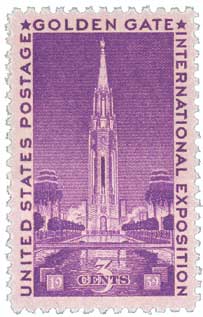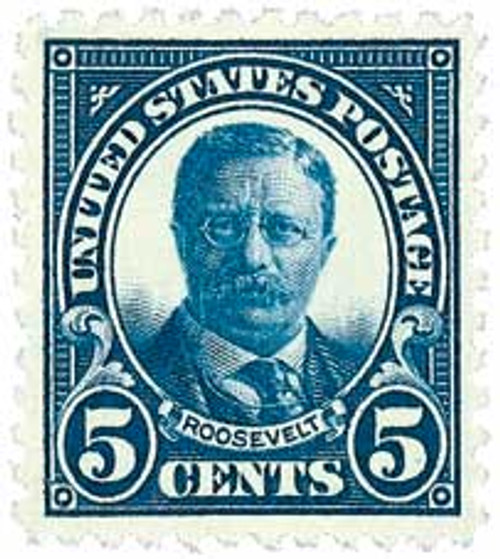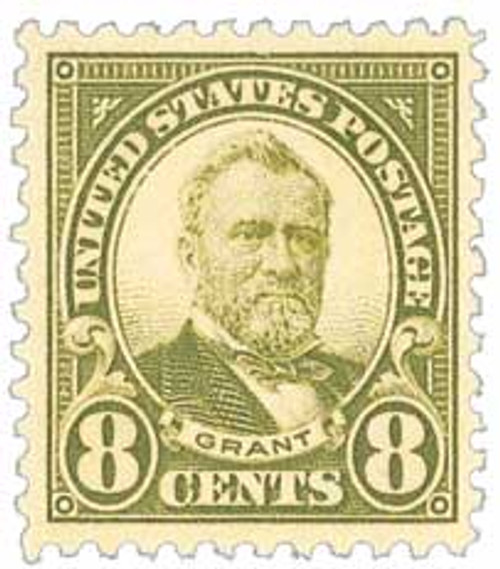
# 567 - 1923 20c Golden Gate, carmine rose, perf 11
Series of 1922-25 20¢ Golden Gate
Flat Plate Printing
First City: San Francisco, CA and Washington, DC
Quantity Issued: 1,077,488,777
Printed by: Bureau of Engraving and Printing
Printing Method: Flat plate
Perforation: 11 gauge
Color: Carmine rose
The Series of 1922-25
and the Wheels of Progress
Golden Gate International Exposition
The idea for the exposition dates back to 1933 when a letter to The San Francisco News suggested the city hold a world’s fair to honor the completion of the Bay Bridge and the Golden Gate Bridge. Construction on both bridges had begun in 1933 and was completed in 1936 and 1937.
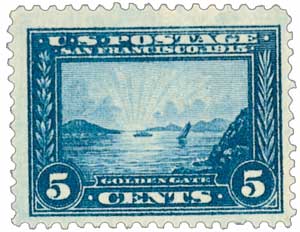
The idea proved popular and architects were hired to consider potential sites around the city. By 1934, they had two recommendations – the Presidio, which had been used for the 1915 Panama-Pacific International Exposition, or yet-to-be-built man-made island. In the end, the island, which would be named Treasure Island (after the Robert Louis Stevenson novel) was selected. The following year, President Franklin Roosevelt announced that the Works Progress Administration would provide $3 million to help fund the cost of building the island.
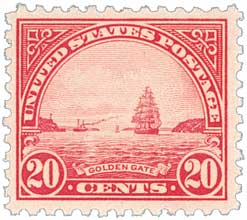
Dredging on Treasure Island began on February 11, 1936. The project, overseen by the US Army Corps of Engineers, involved the dumping of 287,000 tons of boulders and 25 million cubic yards of mud and sand surrounded by a three-mile-long seawall. When completed, the island wasn’t entirely stable on the north end, which would slowly sink over time. After the exposition, the island would be used as a municipal airport.
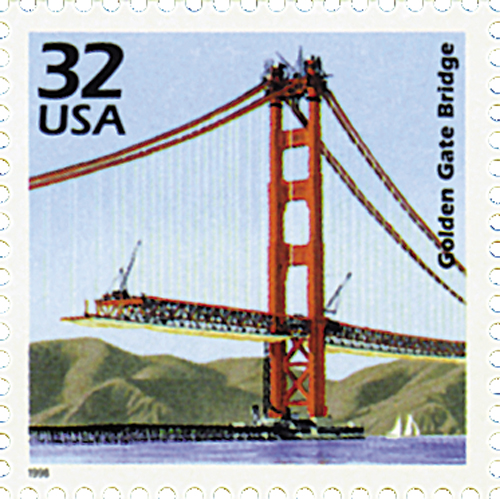
While the island was being built, the Treasure Island theme girl, Zoe Dell Lantis, traveled the country promoting the exposition. Treasure Island was touted as the largest man-made island on Earth, though that was an exaggeration. Back in San Francisco, preparations for the expo provided much-needed work for architects, engineers, craftsmen, and artists in the wake of the Depression.
The exposition officially opened on February 18, 1939. While the original intent was to honor the bridges, as planning progressed, it was decided that the expo would honor all the countries and continents surrounding the Pacific, with San Francisco serving as the gateway. This led to the theme, A Pageant of the Pacific. The expo included historical pageants, technological innovations, and early examples of corporate branding. Among the attractions was Forty Acres of Fun, which included an automobile racetrack for monkeys. The expo also had a $40 million art exhibition with works borrowed from European museums.
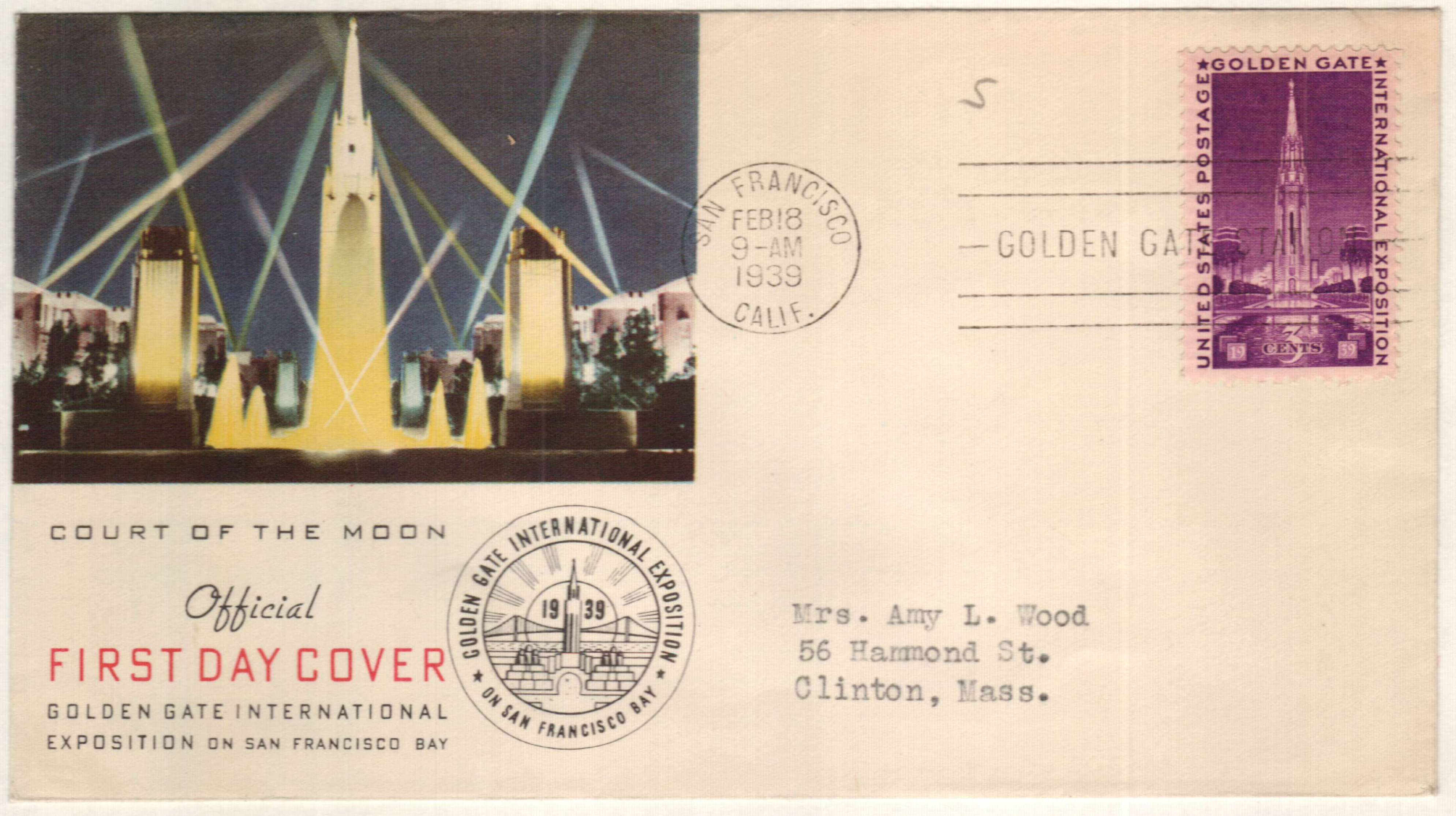
One of the most noted features of the expo was its eclectic architecture. While the main architectural theme was inspired by Mayan, Incan, Malayan, and Cambodian locations, the buildings featured a wide variety of influences. Most notable was the 400-foot Tower of the Sun. Lit by 10,000 lights, the island looked magical at night and could be seen for over 100 miles in every direction.
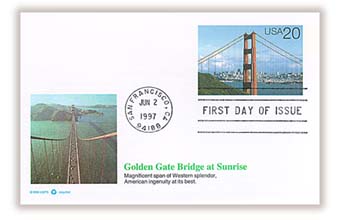
The expo ended its first season on October 29, 1939. Because it was so popular, the expo ran a second season from May 25 through September 29, 1940. During the second season, the organizers created the Art in Action Program. Held in the Hall of Fine and Decorative Arts, it invited artists from a wide variety of media to create their art on premises while the public watched. Among those who participated were Frederick Law Olmsted and Diego Rivera.
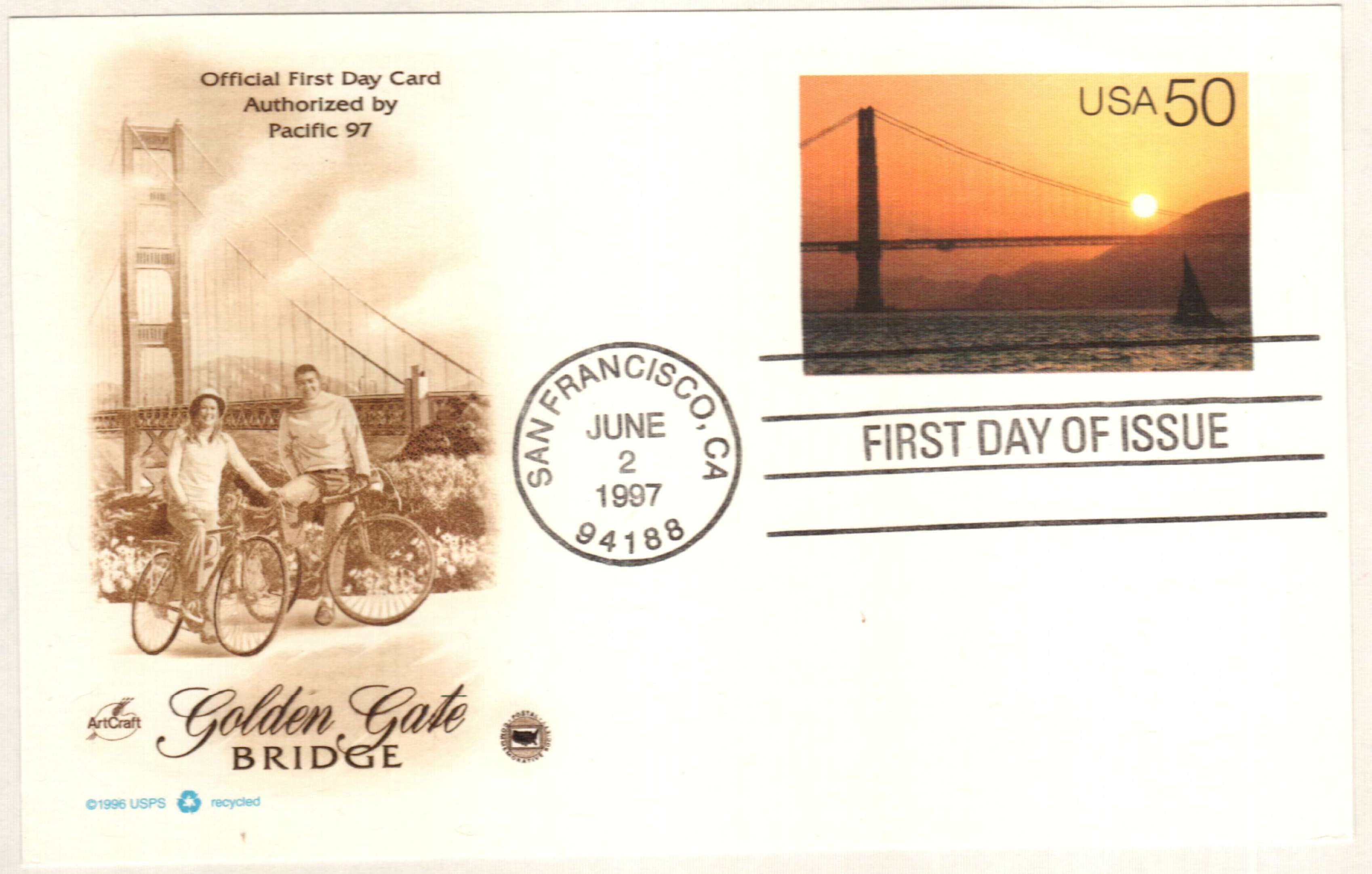
After the fair ended, the island didn’t get used as a municipal airport as originally planned. Instead, it was taken over by the US Navy to support the war effort.
Click here and here to view videos from the exposition.
Series of 1922-25 20¢ Golden Gate
Flat Plate Printing
First City: San Francisco, CA and Washington, DC
Quantity Issued: 1,077,488,777
Printed by: Bureau of Engraving and Printing
Printing Method: Flat plate
Perforation: 11 gauge
Color: Carmine rose
The Series of 1922-25
and the Wheels of Progress
Golden Gate International Exposition
The idea for the exposition dates back to 1933 when a letter to The San Francisco News suggested the city hold a world’s fair to honor the completion of the Bay Bridge and the Golden Gate Bridge. Construction on both bridges had begun in 1933 and was completed in 1936 and 1937.

The idea proved popular and architects were hired to consider potential sites around the city. By 1934, they had two recommendations – the Presidio, which had been used for the 1915 Panama-Pacific International Exposition, or yet-to-be-built man-made island. In the end, the island, which would be named Treasure Island (after the Robert Louis Stevenson novel) was selected. The following year, President Franklin Roosevelt announced that the Works Progress Administration would provide $3 million to help fund the cost of building the island.

Dredging on Treasure Island began on February 11, 1936. The project, overseen by the US Army Corps of Engineers, involved the dumping of 287,000 tons of boulders and 25 million cubic yards of mud and sand surrounded by a three-mile-long seawall. When completed, the island wasn’t entirely stable on the north end, which would slowly sink over time. After the exposition, the island would be used as a municipal airport.

While the island was being built, the Treasure Island theme girl, Zoe Dell Lantis, traveled the country promoting the exposition. Treasure Island was touted as the largest man-made island on Earth, though that was an exaggeration. Back in San Francisco, preparations for the expo provided much-needed work for architects, engineers, craftsmen, and artists in the wake of the Depression.
The exposition officially opened on February 18, 1939. While the original intent was to honor the bridges, as planning progressed, it was decided that the expo would honor all the countries and continents surrounding the Pacific, with San Francisco serving as the gateway. This led to the theme, A Pageant of the Pacific. The expo included historical pageants, technological innovations, and early examples of corporate branding. Among the attractions was Forty Acres of Fun, which included an automobile racetrack for monkeys. The expo also had a $40 million art exhibition with works borrowed from European museums.

One of the most noted features of the expo was its eclectic architecture. While the main architectural theme was inspired by Mayan, Incan, Malayan, and Cambodian locations, the buildings featured a wide variety of influences. Most notable was the 400-foot Tower of the Sun. Lit by 10,000 lights, the island looked magical at night and could be seen for over 100 miles in every direction.

The expo ended its first season on October 29, 1939. Because it was so popular, the expo ran a second season from May 25 through September 29, 1940. During the second season, the organizers created the Art in Action Program. Held in the Hall of Fine and Decorative Arts, it invited artists from a wide variety of media to create their art on premises while the public watched. Among those who participated were Frederick Law Olmsted and Diego Rivera.

After the fair ended, the island didn’t get used as a municipal airport as originally planned. Instead, it was taken over by the US Navy to support the war effort.
Click here and here to view videos from the exposition.







